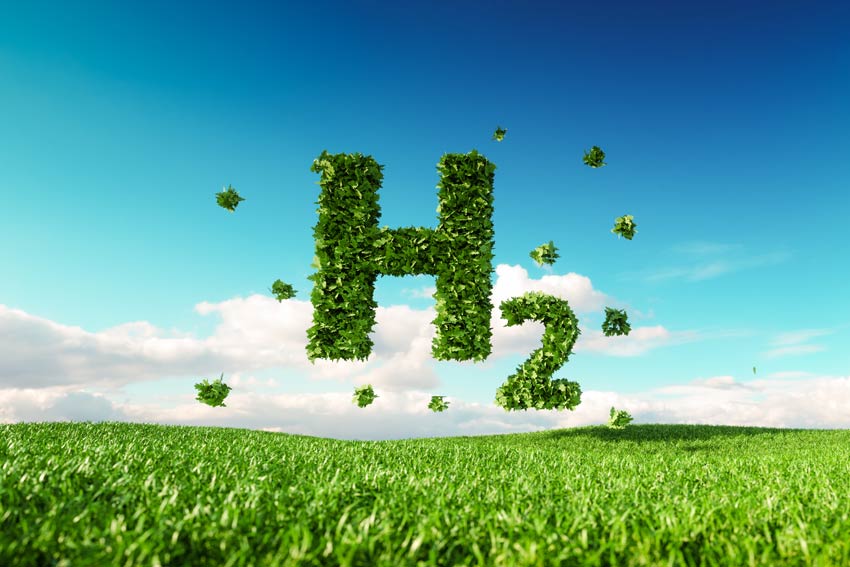
Specific steps towards greater energy independence and climate neutrality in the new hydrogen roadmap unveiled by Europe’s gas distribution networks
The third part of the Ready4H2 series of reports on the new hydrogen distribution expertise is focused on the specific steps to be taken for the transition of the local gas network to a hydrogen economy. That will significantly reduce fossil fuel and oil imports, create nearly a million jobs and reduce CO2 emissions by over 500 million tons a year.
The Ready4H2 roadmap sets actions and milestones for the European local gas networks from the different current starting points and towards the common goal of a transition partnership to a hydrogen economy. This is based on the scenario of reducing CO2 emissions by over 500 million tons a year and the creation of nearly a million European jobs.
These include 290,000 jobs in the production of green hydrogen, 135,000 in operations and maintenance, and 542,000 in the generation of electricity needed for green hydrogen. Hydrogen can also support European manufacturing at risk of offshoring, as it provides a cost-effective decarbonisation pathway.
“We are seeing a huge potential of the transition to hydrogen in Europe and this roadmap sets the way for us to achieve it. However, a series of political decisions first have to be taken. A powerful legislative step could be to give local gas network operators a role in hydrogen distribution and a role in the strategic planning of Europe’s future energy infrastructure by means of creating an independent European entity of distribution systems for natural gas and hydrogen. This would facilitate better coordination and harmonisation of the technical, planning and other issues, in conjunction with the transport network managers all over Europe. Both entities have to be allowed to work together in national 10-year development plans, in the same way as electricity,” stressed Peter Kristensen, the Ready4H2 Chair.
Further, as the first Ready4H2 report shows, converting all the natural gas that
its members distribute to customers into hydrogen or other green gases would reduce CO2 emissions by over 300 million tonnes a year, more than France’s CO2 emissions in 2020. Greater deployment of hydrogen, even in other sectors such as transport, has the potential to reduce CO2 emissions by 540 tonnes a year Europewide by 2050.
Further, as indicated in the Communication from the European Commission published on 8 March, biomethane and hydrogen will be fundamental to guarantee Europe’s future energy independence. Ready4H2 is not only ready to support this goal, but we are also convinced that European legislation must reflect the important role that distribution networks are ready to perform in the collection and delivery of hydrogen locally.
The gas infrastructure, Kristensen explained, “stands ready to support rapidly growing shares of variable wind and solar power. It will also handle the great seasonal variability in demand and provide a reliable supply of hydrogen even during the coldest winters. This will help Europeans to reduce dependency on fossil fuel imports. The large-scale hydrogen underground storage facilities linked to the gas networks are the only fast and lasting large-scale storage capacity to address those variations in production and demand.”
The report is available in full from the Ready4H2 webstie: www.ready4h2.com

